Entry Category: Education
 Jobelle Holcombe
Jobelle Holcombe
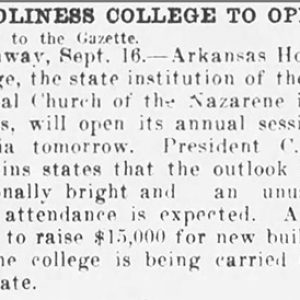 Holiness College Story
Holiness College Story
Holley, Donald
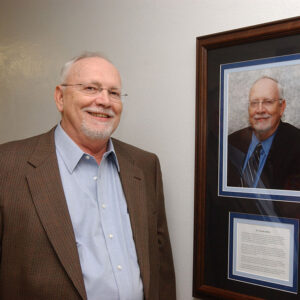 James D. Holley
James D. Holley
Hooper, Philo Oliver
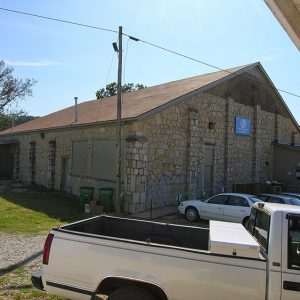 Horace Mann Gymnasium
Horace Mann Gymnasium
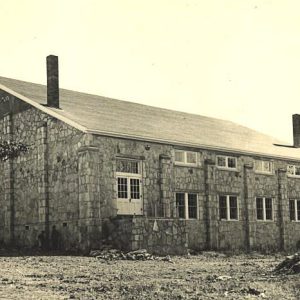 Horace Mann High
Horace Mann High
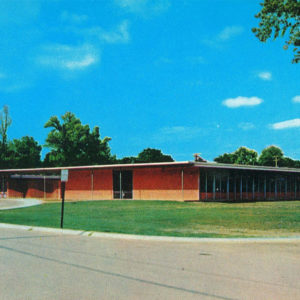 Horace Mann High School
Horace Mann High School
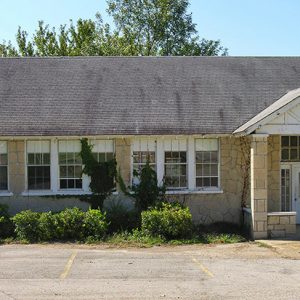 Horace Mann Home Ec Building
Horace Mann Home Ec Building
Horace Mann School Historic District
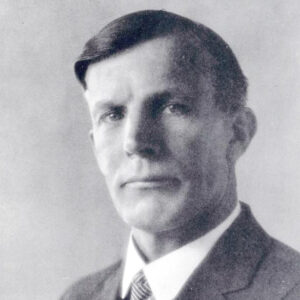 Frank Horsfall
Frank Horsfall
Horton, Zilphia Mae Johnson
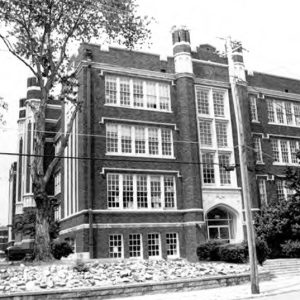 Hot Springs High School
Hot Springs High School
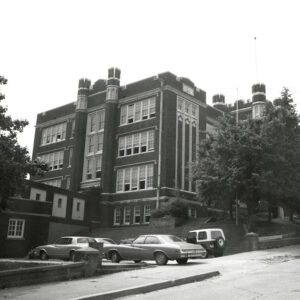 Hot Springs High School
Hot Springs High School
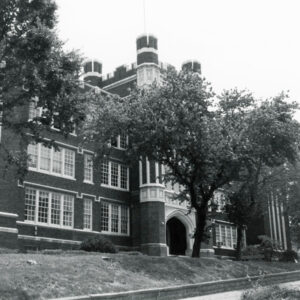 Hot Springs High School
Hot Springs High School
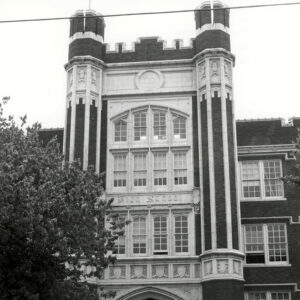 Hot Springs High School
Hot Springs High School
 Hot Springs High School
Hot Springs High School
 Hot Springs High School
Hot Springs High School
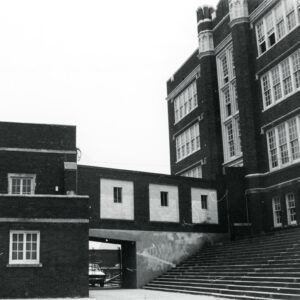 Hot Springs High School
Hot Springs High School
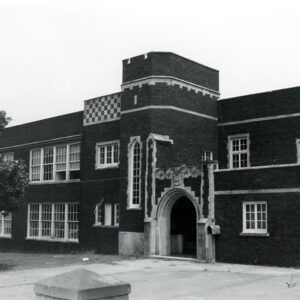 Hot Springs High School
Hot Springs High School
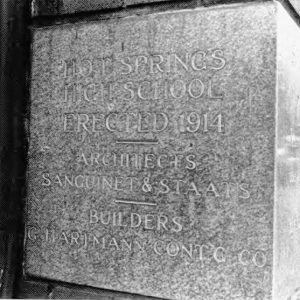 Hot Springs High School Cornerstone
Hot Springs High School Cornerstone
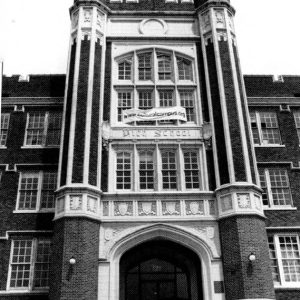 Hot Springs High School Entrance
Hot Springs High School Entrance
Hot Springs Normal and Industrial Institute
aka: Mebane Academy
Hot Springs Schools, Desegregation of
Howard, John Miller
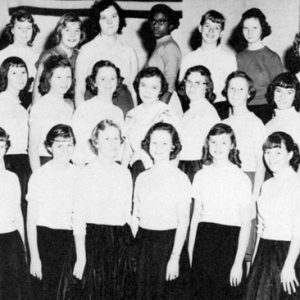 Hoxie Glee Club
Hoxie Glee Club
Hoxie Schools, Desegregation of
Huckaby, Elizabeth Paisley
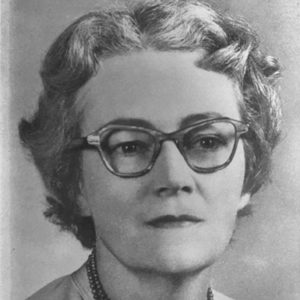 Elizabeth Huckaby
Elizabeth Huckaby
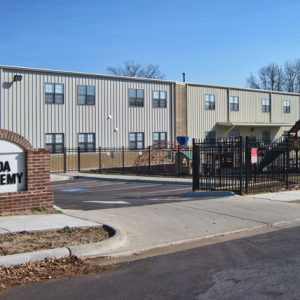 Huda Academy
Huda Academy
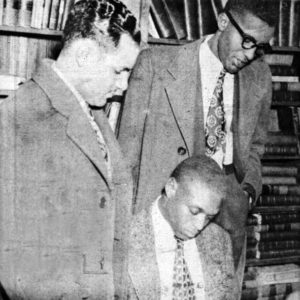 Silas Hunt; Wiley Branton; and Harold Flowers
Silas Hunt; Wiley Branton; and Harold Flowers
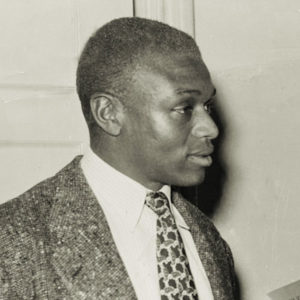 Silas Hunt
Silas Hunt
Hunt, Silas Herbert
Iggers, Georg
Iggers, Wilma Abeles
 Immanuel High School
Immanuel High School
 W. K. "Bill" Ingram
W. K. "Bill" Ingram
Instructional Microcomputer Project for Arkansas Classrooms (IMPAC)
Ivey, Helen Booker
 Doug James
Doug James
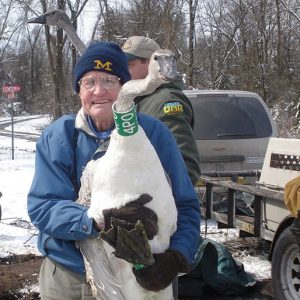 Doug James and Swan
Doug James and Swan
James, Douglas Arthur
Jeanes Supervising Industrial Teachers
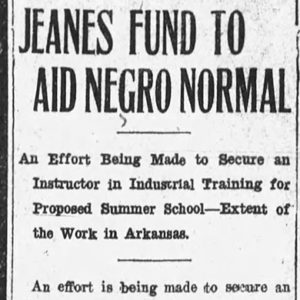 Jeanes Teachers Article
Jeanes Teachers Article
 Jefferson School
Jefferson School
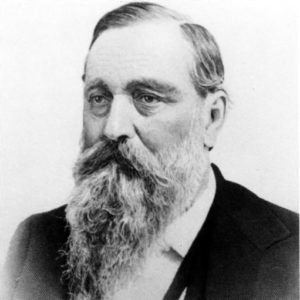 Roscoe Jennings
Roscoe Jennings
Jennings, Roscoe Greene
 Jerome Relocation Center School Children
Jerome Relocation Center School Children
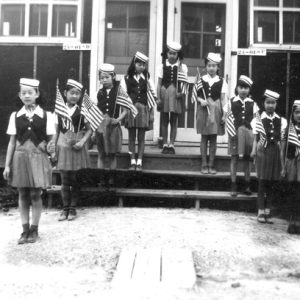 Jerome Relocation Center Children
Jerome Relocation Center Children




